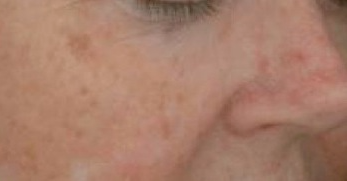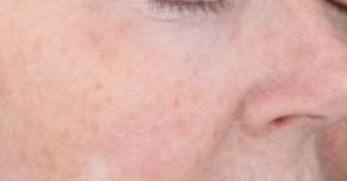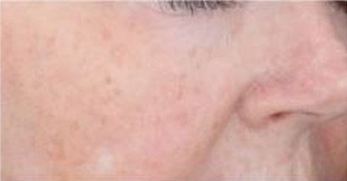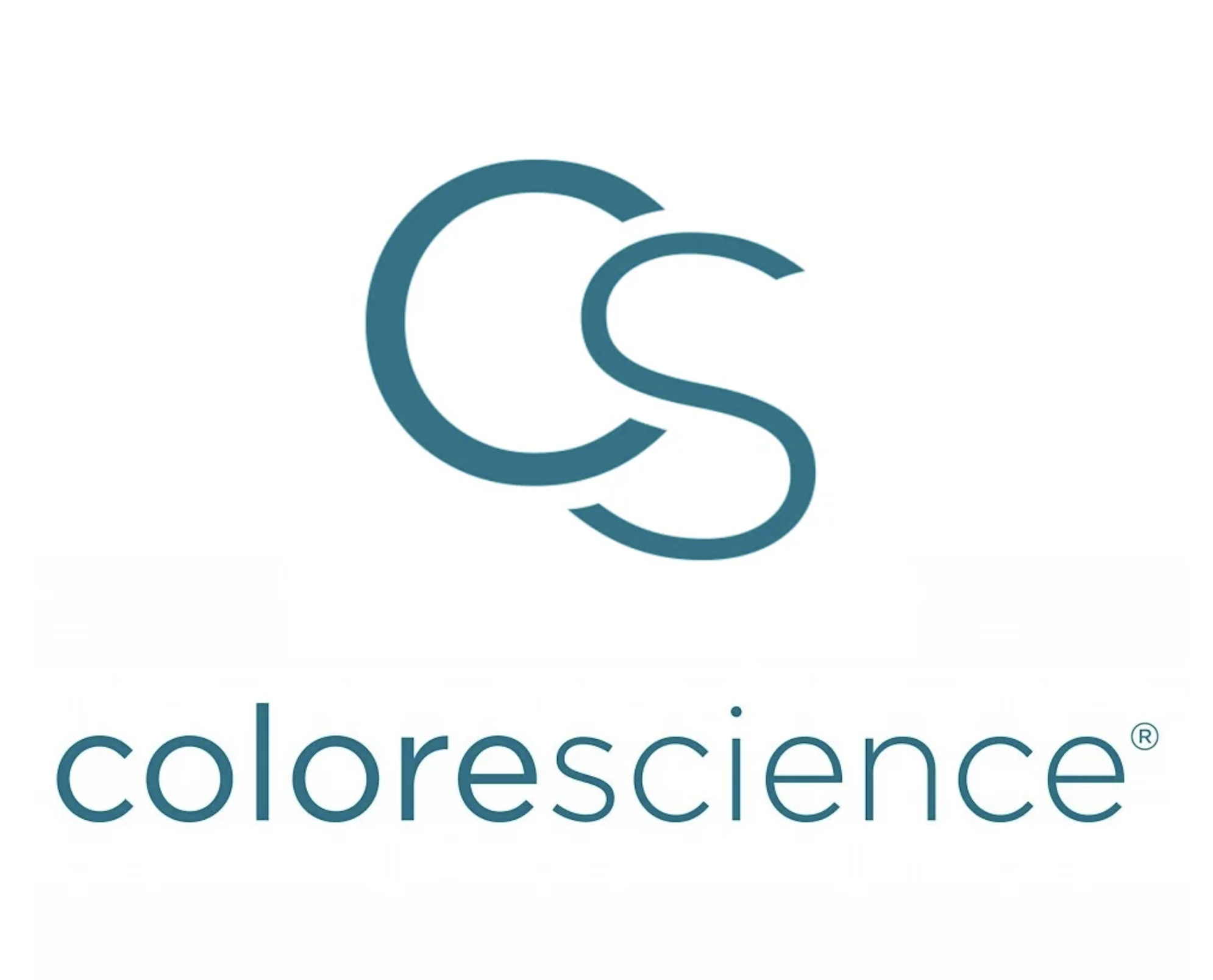Actinic Keratoses
Actinic Keratoses
Reduce Your Risk of Developing Skin Cancer
If you have one or more actinic keratoses (AKs), it can be a sign of skin damage which can put you at higher risk for developing skin cancer. Identifying and treating these precancerous lesions can help you reduce your risk. If detected early enough, actinic keratoses can be treated before they turn into skin cancer.
What is Actinic Keratosis?
Actinic keratoses (AK) are slow growing, raised rough in texture, dry, crusty, scaly patches (horn shaped or bump) caused by excessive exposure to the sun. They are sometimes easier to feel than see them. They can appear in different color forms red, tan, pink, shin colored, brown or silvery. They can be sensitive, painful, inflamed, and sometimes have a prickly or burning sensation. They can bleed or turn into a persistent sore. They tend to arise on areas such as the face, lips, ears, back of hands, arms, scalp and neck. Actinic cheilitis is another form of AK found on the lower lip. Ten percent of AKs left untreated can develop into squamous cell carcinoma.
3 benefits of Actinic Keratoses Treatment:
1
Lower Your Risk of
Skin Cancer
2
Improve Your Skin’s
Appearance
3
Treatments are
Efficient

4 Weeks

8 Weeks

12 Weeks
What Treatment Options are Available for Actinic Keratosis?
Treatment options depend on severity of AKs, where they are located, age and overall health. They can be treated in a variety of ways from cryotherapy, topical medication, excision to Photodynamic therapy (PDT).
Levulan Kerastick is a topical solution that, once absorbed, converts to a chemical that makes the AK cells extremely sensitive to light. When the AK cells are exposed to the BLU-U, blue light illuminator, a reaction occurs which destroys the AK cells.
What can I do if I’ve had unprotected sun exposure?
- Interval visit for new or concerning spots
- Yearly professional skin exams
- Self check skin exam for new, growing or changing spots
How can I reduce my risk of Actinic Keratosis?
- Wear UVA/UVB Broad spectrum sunscreens with proper reapplication
- Seek shade when possible
- Avoid high-peak hours from 10am-4pm
- Wear protective clothes, wide brim hat and UV blocking sunglasses
- Scaly, crusty, raised bumps on your skin – brown, pink, red, or white in color
- You may experience a burning or itching sensation
- Rough or gritty feel to your skin
Where can I learn more?
Make an appointment with Stellis Health to discuss your options, or visit Levulan or spotsignsofAK.com


